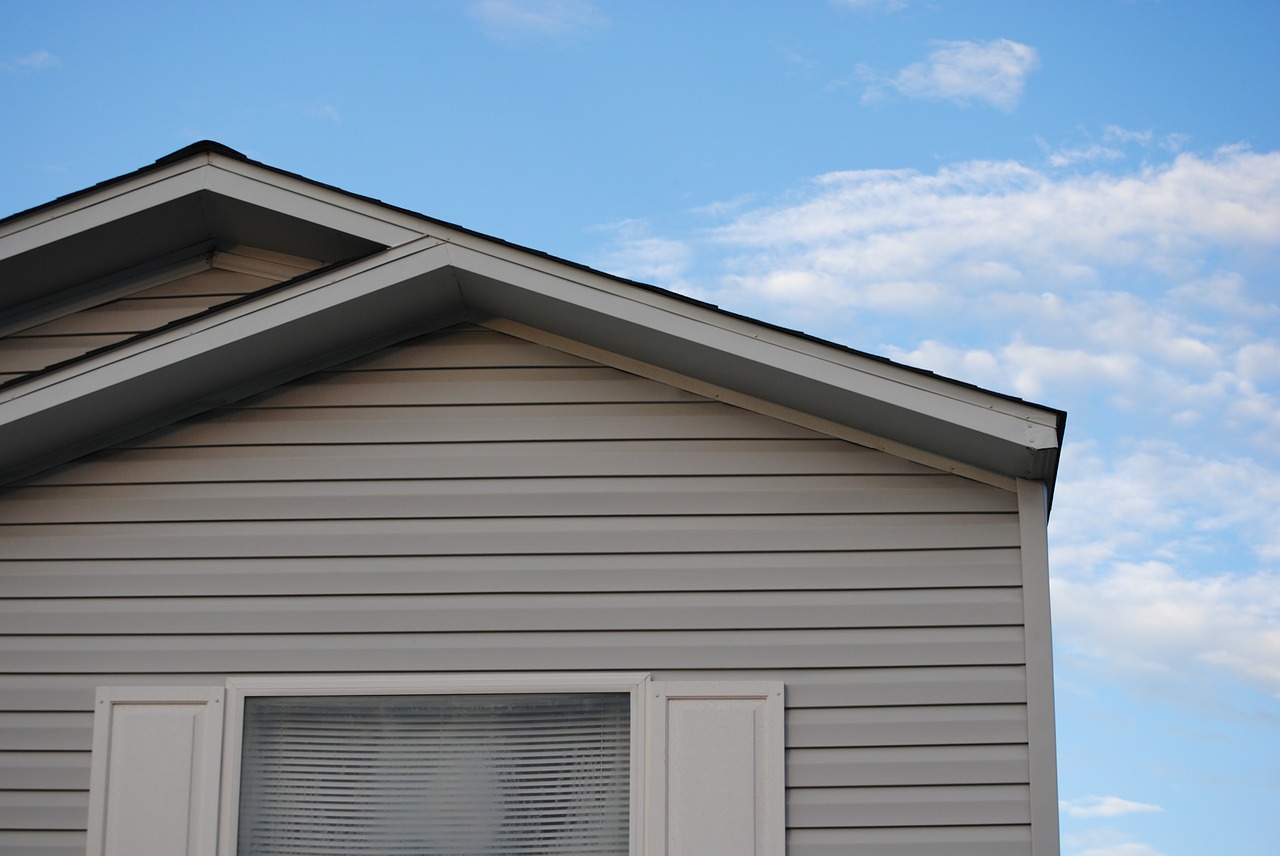Thinking of getting a new roof to replace your old one for your San Diego home? You may also wonder what you have to change in your remaining home space e.g. the decking and roof insulation. Perhaps you may need to change, fix, replace or detach the insulation before the new roof replacement takes place. So what does a roofing expert do in this case? Let’s address all these questions and more in this report.
What does an expert actually replace?
Many wonder if they have to take off insulation before the replacement job starts. In the majority of instances, the answer is NO. Provided that your roof’s decking or otherwise the layer beneath the shingles stays put and unaffected by damage, your San Diego roofing manufacturer will probably leave it as it is. Alternatively, they will detach the shingles and asphalt and leave the deck layer intact.
The cavity insulation lays beneath the deck layer, opposite the roof’s studs and sheaths. Thus, there is no valid reason to do any work to your attic’s insulation unless you encounter some kind of impairment on the deck. In this event, you may have to switch insulation once the roofing contractor tears off the deck boards. In reality, many houses with incomplete attics do not have any insulation layers but they are supported by fiberglass batts or loose-fill insulation among the joists laying on the floor. Regardless of the method, the insulation should remain intact while the roofer works on your roof.
Keep in mind that some houses have insulated roofing set-ups such as compact, low-slope, or cathedral shape tops. The constructor may have added solid foam over the deck sheathing in such cases. Here, the expert will reveal the insulation once they take off all the shingles.
However, you won’t have to worry about taking it off, at least in most circumstances. The majority of roofing experts are totally familiar with the insulation process and they will be able to tell if the rigid foam layer requires replacement or not.
Leakage May Bother Your Insulation
When leakage occurs, roof impairment typically occurs as a result. Even if you don’t personally spot any drippings or signs of leakage before the roof replacement, once the contractors remove the shingles, they may reveal moldy, dirty, or shattered deck boards that need to be switched.
If you encounter serious leakage, this is an indicator that excess humidity has penetrated through your insulation. When fiberglass insulation becomes moist, its thermal regulation powers will reduce remarkably. The liquid water molecules mimic the air containers among the glass parts, resulting in the formation of mold and potentially the weakening of insulation. Therefore, if you find that your fiberglass insulation has been dampened along the way, you may need to replace it entirely as soon as possible.
If the roofing expert notices that mold has spread beyond the decking layers to the walls and home interior, they may suggest more drastic measures and methods e.g. getting a mold control service. Typically, however, there will be other indicators of major damage.
Your roofing expert may also check the deck boards and see whether they are too flexible and light–this is an indicator that you have a ⅜” plywood set-up in your roof. Some years ago, the typical standard thickness was ⅜”. However, nowadays, a San Diego roofer usually chooses boards that are ½” or ⅝” thick, making the roof a tad stronger. Thus, in case the expert finds that the previous board is outworn and too thin, they will suggest a replacement.
In this case, the contractor will detach the decking parts that need fixing and swap them for new and sturdier ones. This method though may require the addition of new fiberglass batts as well together with a rigid or fill-in insulation layer, once the new roofing project finishes.
Your Re-Roofing Project is An Ideal Time for Insulation
If you have to get a new attic or roof insulation, the perfect time to do it is when you get a new roof as well. This is particularly ideal if you are having rigid foam insulation, or when you have to detach the roof shingles to reach the sheaths. Occasionally, experts may provide some fill-in insulation assistance as well. They simply detach a part of the deck and place the hoses inwards from the roof’s top, which helps prevent the estimation of excess insulation and throughout the entire surface from the interior. it’s wise at this point to ask your roofer about the entire gamut of their offerings.
Even if you have insulation support already, if you often encounter coldness, this may be a sign that you need more insulation layers. Getting a higher quality insulation system may shrink your yearly energy bills by as much as -$600. A San Diego home energy expert may check your attic insulation structure and inform you if you need a fix or not. Since a great deal of your energy expenditure relies on it, it’s obviously worth the investment.
Thus, even though your new roofing makes a great opportunity to check and possibly fix your insulation, it’s not necessary in all cases to detach it before the roofing work starts. That’s a plus as it will save you some time and effort.
